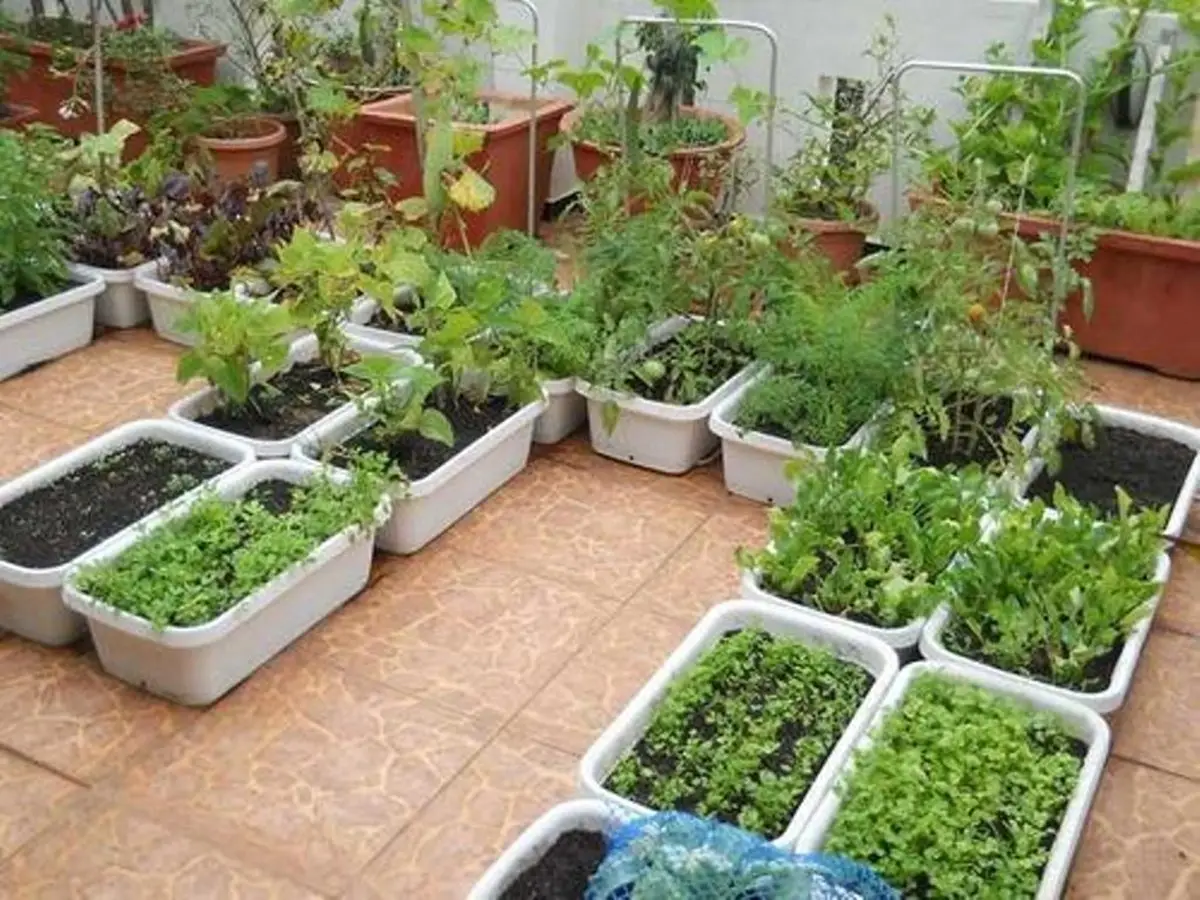Introduction: Throughout history, various agricultural practices have been developed to suit different landscapes and meet the needs of communities. Terrace farming and slash-and-burn agriculture are two distinct approaches that have been employed by different cultures. In this article, we will explore the key differences between these agricultural techniques, shedding light on how terrace farming and slash-and-burn agriculture greatly diverged in their methods and ecological impact.
Understanding Terrace Farming: Terrace farming involves creating stepped platforms on sloped terrains to cultivate crops. Retaining walls are built to support each level, effectively preventing soil erosion and conserving water. Terrace farming is prevalent in mountainous regions and areas with limited flat land for agriculture.
Grasping Slash-and-Burn Agriculture: Slash-and-burn agriculture, also known as shifting cultivation, is a traditional method where farmers clear a patch of land by cutting down and burning vegetation. The ashes from the burned plants enrich the soil temporarily, allowing for a short period of cultivation. After several years, the land loses fertility, and farmers move on to a new area, leaving the old plot to regenerate naturally.
Impact on the Environment: Terrace Farming: Unlike slash-and-burn agriculture, terrace farming is a sustainable practice that focuses on soil conservation. The construction of terraces prevents soil erosion and maintains soil fertility over the long term, promoting environmental stability and minimizing negative impacts on nearby ecosystems.
Slash-and-Burn Agriculture: This form of agriculture has a more significant ecological impact. The clearing and burning of large areas of land lead to deforestation and habitat destruction. Although it can be sustainable when practiced on a small scale, modern intensification of slash-and-burn practices can lead to soil degradation, loss of biodiversity, and greenhouse gas emissions.
Crop Diversity and Long-Term Yield
Terrace Farming: The stepped terraces of terrace farming allow for the cultivation of diverse crops at different elevations, promoting crop diversity. The sustainable practices ensure long-term yield and provide farmers with a variety of food sources and economic opportunities.
Slash-and-Burn Agriculture: Due to its short-term nature and reliance on natural regeneration, slash-and-burn agriculture often leads to limited crop diversity and lower long-term yields. As fertility declines, farmers are forced to move to new areas, causing a cycle of land degradation and limited agricultural productivity.
Cultural and Social Aspects: Terrace farming often requires extensive communal efforts in construction and maintenance, fostering a sense of community and cooperation among farmers. In contrast, slash-and-burn agriculture is more individualistic, as families or small groups move from one plot to another, relying on the land’s natural recovery.
Conclusion
In summary, terrace farming and slash-and-burn agriculture represent two distinct agricultural practices that greatly differed in their methods and environmental impact. Terrace farming showcased sustainable and innovative engineering techniques, emphasizing soil conservation and long-term crop diversity. On the other hand, slash-and-burn agriculture, while historically viable on a smaller scale, is associated with deforestation and land degradation. Understanding the differences between these practices is essential for shaping modern agricultural approaches that prioritize environmental sustainability and the well-being of communities around the world.


